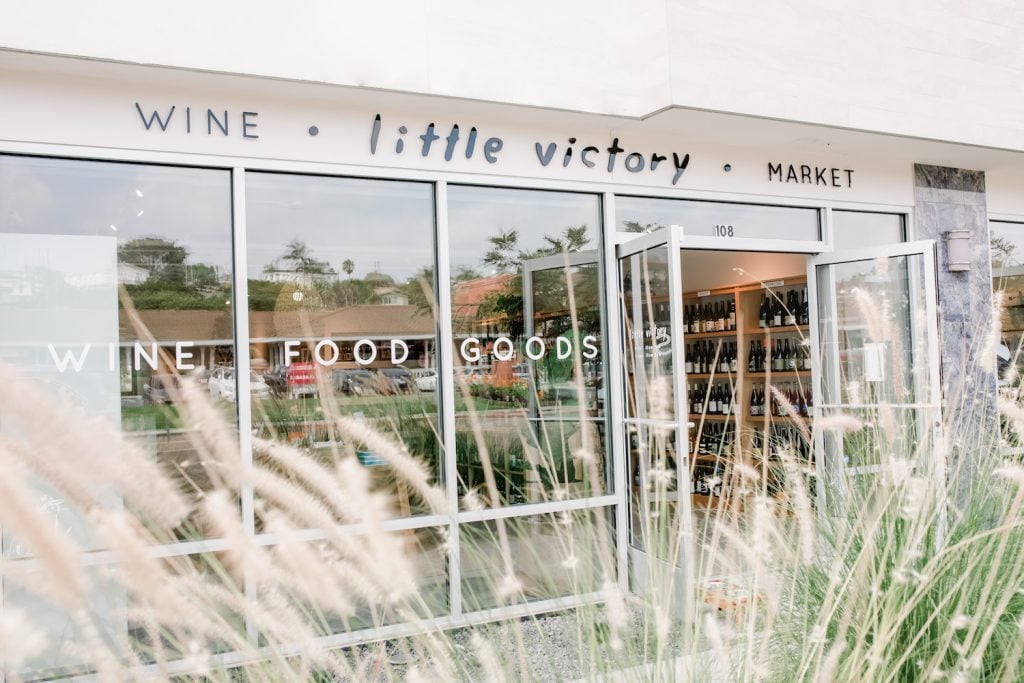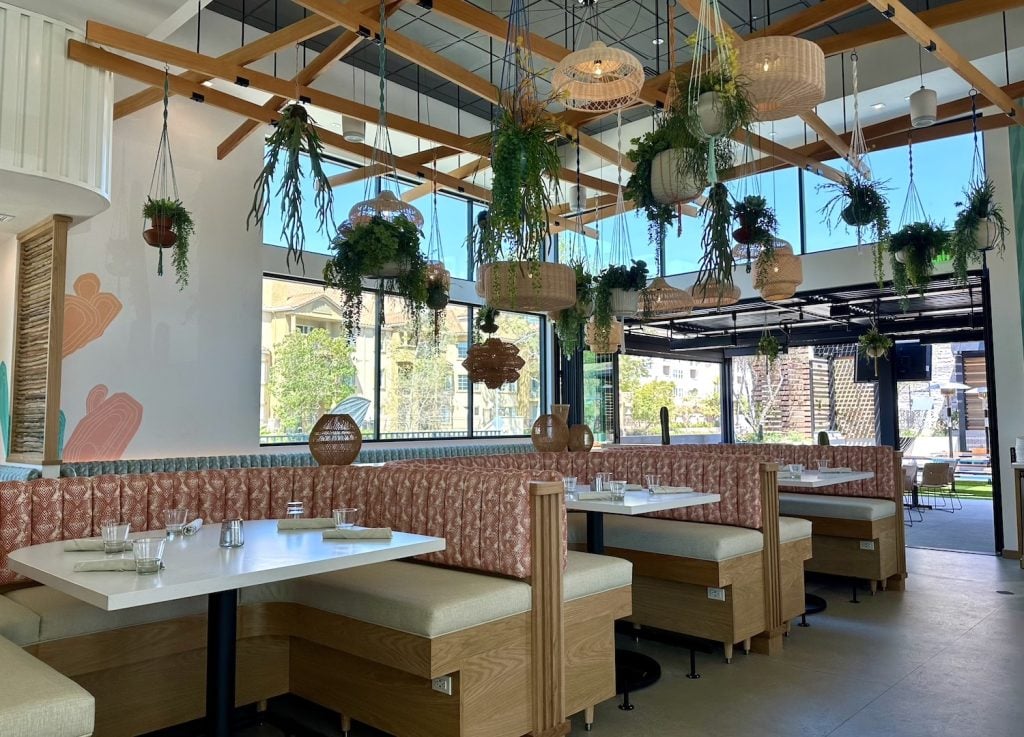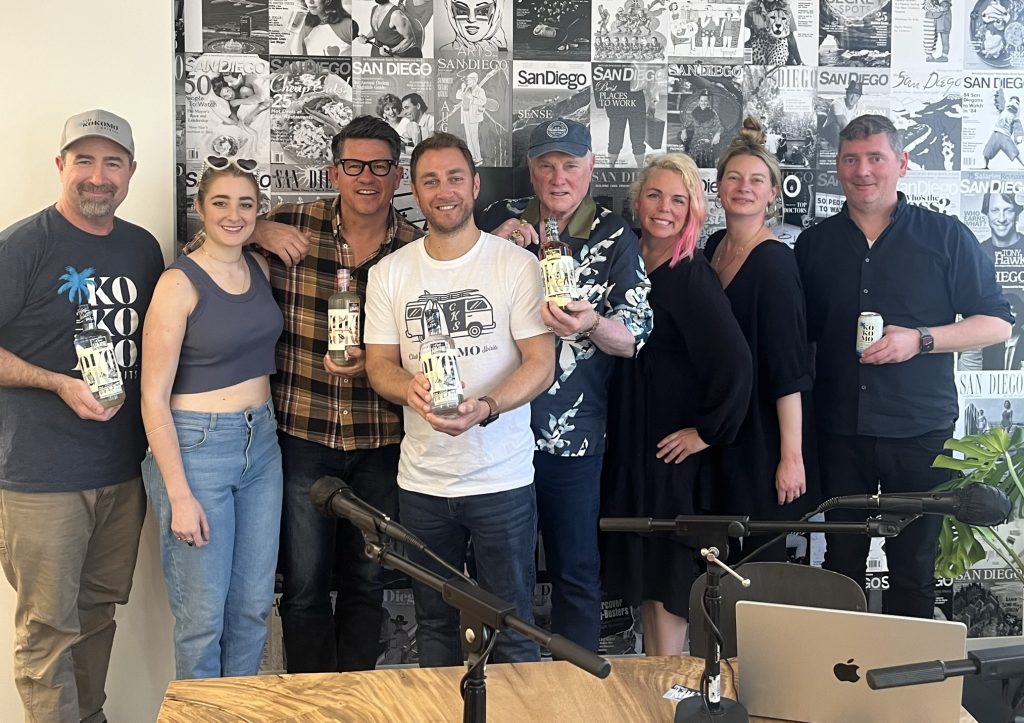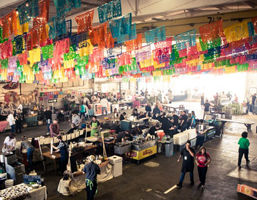Anyone who’s been to Seattle’s Pike Place has said, “Wish my city had this.”
Now San Diego does. Well, part of it.
San Diego Public Market is the dream toil of Dale Steele and Catt White—two local icons who worked together on the San Diego Regional Food Hub authority. They signed a 30-year lease at a 92,000 square-foot property in Barrio Logan filled with warehouses, decrepit office buildings, vacant spaces with potential.
The dream? A sprawling campus with coffee roasters roasting, butchers curing, gardens sprouting, restaurateurs testing, foodmakers foodmaking, grandmas learning to milk goats, sons learning to braise sustainable proteins. Culinary festivals and foodie weddings. A focused explosion of regional foodstuff.
With a year-round growing season and more small farms than any other county in the U.S., it makes more sense here than anywhere. But San Diego and California aren’t swimming in cash. Redevelopment funds are depleted. Even the most well-yeah-duh projects need funding.
White’s daughter and husband (who used to build restaurants) have been pulled into the project. Same with Steele’s husband, an architect and urban planner. They’ve invested their own money, and last August they raised $146,121 via Kickstarter.com. Now they’re lobbying the city—both officials and citizens—to buy into the concept.
Seven months after Kickstarter success, it’s time to check their pulse. They had to turn people away from a recent street food festival, where dozens of local chefs and key people in the food scene lent services for pennies or free. Good sign.
SDPM is real. And it’s gaining momentum. But there’s much more to do, as White explains.
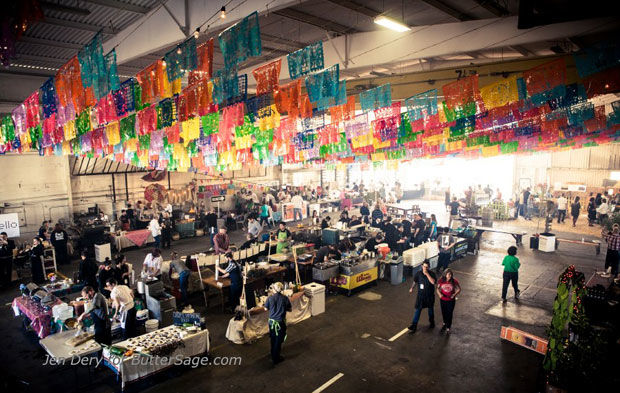
San Diego Public Market
How long has your partner Dale Steele been working on this concept?
Almost 12 years. After a few years of grinding public meetings we said, ‘This is never going to be done unless we just do it.’ She worked on trying to get it done at the Old Police Headquarters for five years. Then Terramar decided that’s not what they wanted to do with the property. From there she went to NTC. That was a public project in the beginning. She was looking into making Building 1 into a public market. She raised money for public tax credits. Then Corky McMillan died and his son wasn’t committed to matching the tax credits.
What’s the progress report?
The smallest part of the project—the farmers markets—is open. We’ve got a good number of letters of intent and proposals from restaurants and farmers. Now we’re having meetings about how to build our part of the deal: plumbing, electrical, permitting, etc.
What kind of restaurants?
There are chefs who have larger restaurants who want to try something smaller. Like [A.R. Valentien chef] Jeff Jackson makes pies on a stick—he does all kinds of savory and sweet pies. That may not work at the Lodge at Torrey Pines, but could be a great concept for here. Craig Jiminez has a noodle and dumpling concept that could be done in very tight space. Then there are also people who are entrepreneurs who want to move up from the farmers markets.
And the other aspect is making food…
The idea is a marketplace. We’ll take what the farmers markets do and go deeper with that. A guy who’s hauling an ice chest with meat to a farmers market can have a permanent butcher shop here. We want to take someone who’s got a cheese shop have them actually making make cheese on site. We want coffee guys roasting beans. We want people making food.
How would the space be organized?
It’s all still being worked out. Roughly… we’d have 60-65 retail spaces. Probably 60 percent of those would be vendors and 40 percent dining concepts. Spaces start at 100 square feet for a really efficient European style operation, which would go for about $900 a month. The largest spaces will be somewhere around 1,500 square-feet for a vendor like a working bakery, and go for maybe $4,000-$5,000 a month. Stone and Julian Cider have talked to us about doing something—and they’d want a larger space.
So it’s like the Ferry Building in San Francisco?
No, that’s a very different type of project. Their cost of development means it’s almost impossible for them to rent to a micro-business. We’ve got small spaces in the San Diego Public Market with low base rents to serve that community, whether a new entrepreneur or someone who owns a bigger restaurant who wants to try out a smaller concept. You can’t touch the Ferry Building in that range. We’ll look more like Pike Place, or La Boqueria in Spain, or the Milwaukee Public Market.
No national chains at SDPM?
We’re really opposed to it. This is for our community. It won’t happen while Dale and myself are still here.
How much money do you need?
Somewhere between $2 and $10 Million. We could do it really fast and really big for ten. We’ve done a lot of it ourselves so far. If we got some public money, that’d be great.
How are you making money now? How do you plan to?
We have a 26,000 square-foot space where we’re hosting special events and farmers markets. We’ve filed to make the project non-profit. But whereas it used to be four-to-six weeks to wait on paperwork, now they’re telling you months.
Next fundraising effort?
Our Paver Program. We’re doing a Market path and selling engraved bricks. We have so many people who have given so much. We’re hoping someone throws a ton of money at us and we’ll call the plaza area Troy Johnson Plaza.
Tell me about the Market Kitchen…
We’ll have three different kinds of kitchens. We’ll have a commercial one, which will be used by the tenants. People can also rent that out to prepare for farmers markets or events. Then we’ll have one for culinary education on a few different levels, including continuing education for chefs. Then we’ll have a kitchen for community education.
Why’s it important to have a different kitchen for Joe Blows like me?
Most people don’t have the high BTUs and the really big equipment of a commercial kitchen. So we’ll have some stoves and equipment that’ll more resemble a home kitchen.
Urban Farm Lab?
Yeah. Last year they passed a decent urban agriculture law in San Diego. In addition to planting things on your own property, you can have a certain number of chickens. You can have two goats. You can’t have one because goats are social animals. And you can’t have three because you’re in the city. So we’re going to take a big chunk of land next to the kitchens, dig it up, and teach people how to make their own food.
Does Barrio Logan need it?
Barrio Logan has been identified as a food desert. We want to teach people how to make real food in their homes, using healthy ingredients.
SD Public Market is privately funded right now. Is that normal?
Most markets are public, owned by a municipality. A lot of public officials have talked to us—Greg Cox, Ron Roberts, Todd Gloria. We’ve had interest. The city’s been great to us.
Aside from money, the major hurdle?
The Barrio Logan Community Plan. A lot of people worked on it for six years, helping to make industry and residential work together. It’s a great plan. But it’s not in effect yet. When it goes into effect, all of our plans for the Market fit. But current zoning on part of the property is industrial use with a small percentage for retail. We’re in a gray zone.
What drives you?
The number of people who show up to every event. I must have had 200 conversations last weekend with people who said, ‘I’m so excited about this.’

